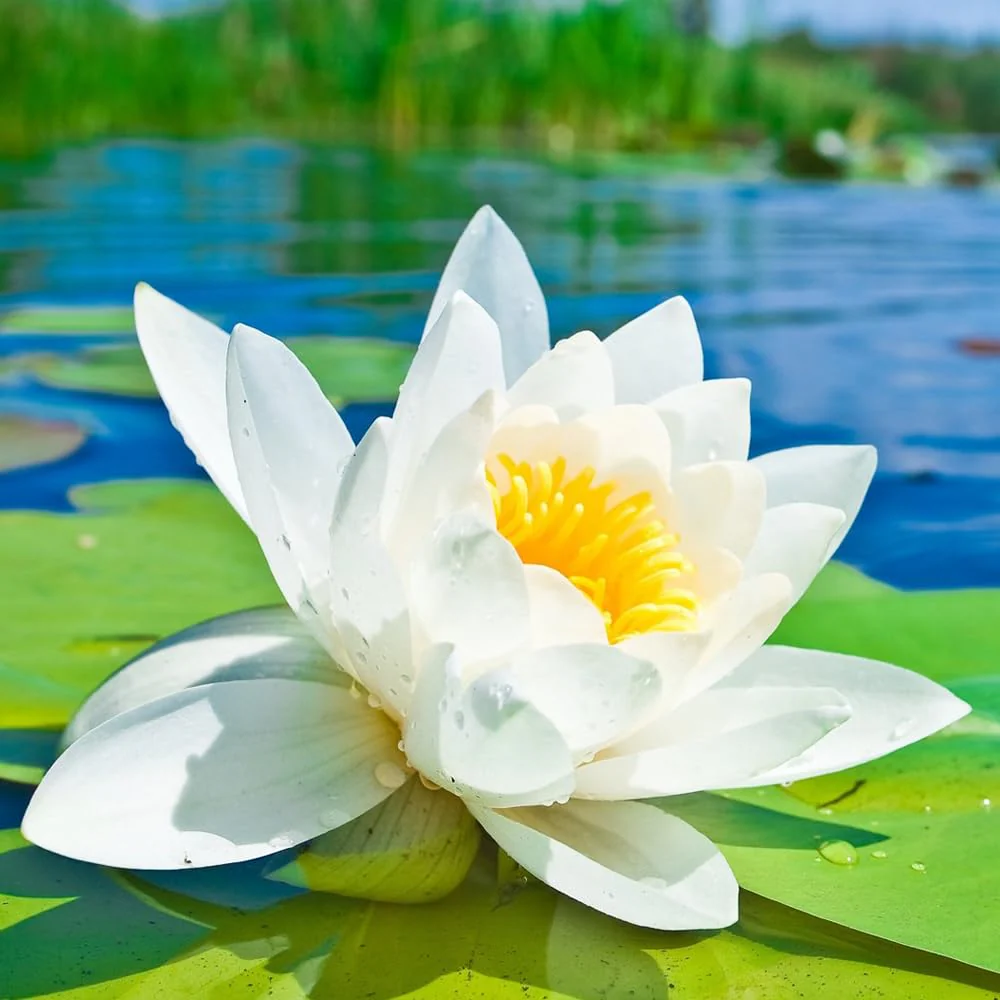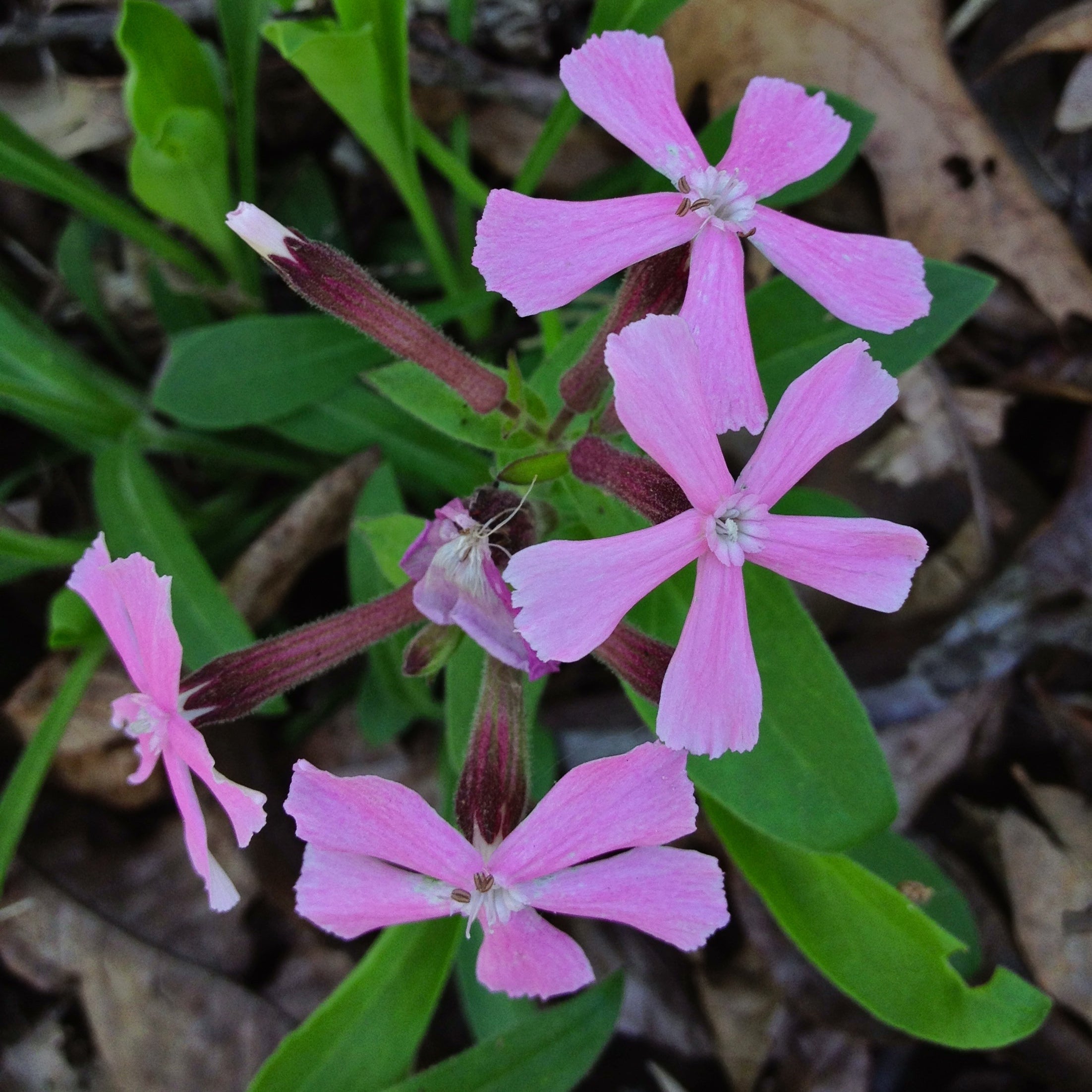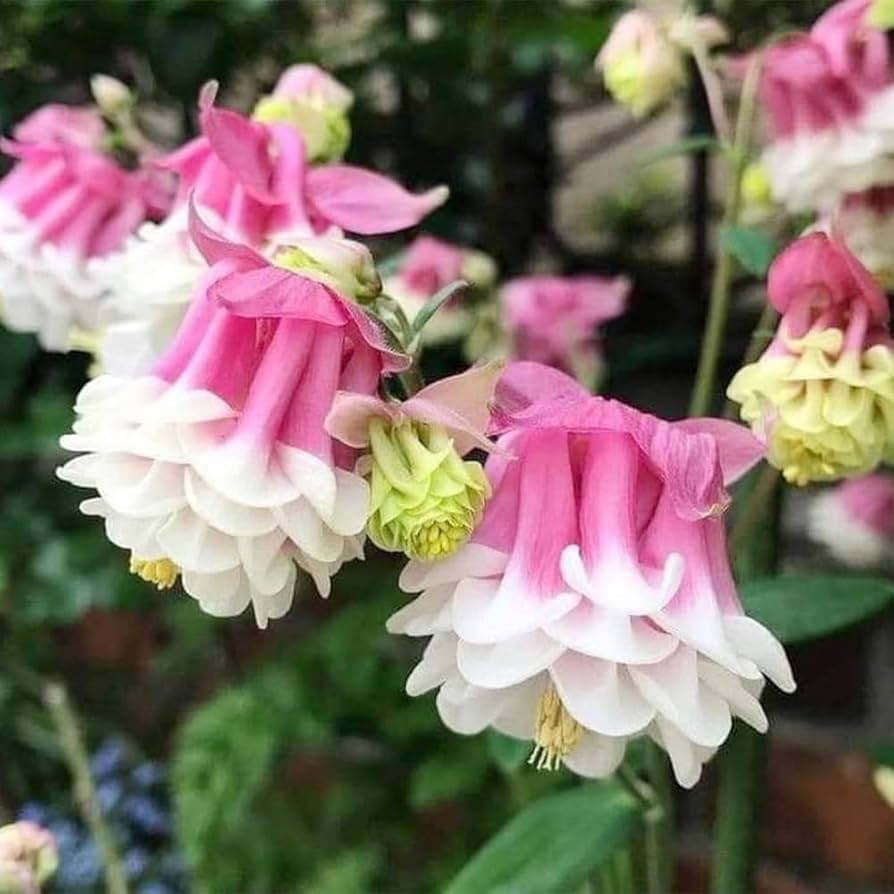About Cattail
Cattail (Typha) is a wetland plant commonly found along marshes, ponds, and riverbanks. Known for its tall, slender stems and distinctive brown cylindrical flower spikes, cattails are more than just a decorative plant—they are an important part of wetland ecosystems. Cattails have been used for centuries for their fiber, edible roots, and even crafting materials. Whether you are looking to enhance your garden’s landscape or benefit from its ecological advantages, Cattail is a versatile and hardy plant.
At Pureasiaseeds.com we offer premium Cattail seeds, helping you cultivate this native aquatic plant in your garden or pond.

Why Grow Cattail?
Growing Cattail offers several benefits:
-
Ecological benefits: Cattails are great for wetland restoration, erosion control, and improving water quality by filtering pollutants.
-
Edible and versatile: The young shoots and roots of Cattail are edible and can be used in a variety of dishes. The fibers can be used for crafts and woven items.
-
Wildlife habitat: Provides shelter and food for many animals, including birds, frogs, and insects.
-
Low-maintenance: Cattails are relatively easy to grow in wet areas, requiring minimal care once established.
When to Plant Cattail
-
Optimal season: Spring is the best time to plant Cattail, once the soil is warm and frost danger has passed. You can also plant in fall if you live in a milder climate.
-
Planting method: Cattail can be grown from seeds, rhizomes, or small plant divisions. If starting from seeds, sow them in shallow water or moist soil in a container.
-
Growth period: Cattails can grow quickly, reaching 6–10 feet tall in a single season, especially in nutrient-rich environments.
Where to Grow Cattail
Cattail thrives in:
-
Wet areas: Cattails are aquatic plants, ideal for ponds, marshes, or along riverbanks. They can also grow in wet garden beds or rain gardens.
-
Full sun to partial shade: Requires 6–8 hours of sunlight a day for healthy growth.
-
Moist, well-draining soil: Prefers moist, nutrient-rich soil but will also grow in shallow water.
-
Temperature: Cattails grow best in temperate climates with warm summers and cool winters.
How to Grow Cattail

-
Soil preparation: For best results, plant Cattail in moist, fertile soil. If planting in water, ensure the water is shallow (1–3 feet deep) and nutrient-rich.
-
Planting seeds: Sow Cattail seeds in shallow trays with a layer of water or directly in muddy soil. Keep the seeds moist until they sprout.
-
Planting rhizomes: If using rhizomes, plant them 1–2 inches deep in wet soil or shallow water, ensuring they are in direct contact with the soil.
-
Spacing: Space plants about 18–24 inches apart to allow for healthy growth and expansion.
-
Watering: Keep soil or water consistently moist, especially during the growing season. Cattails thrive in wetland conditions.
How to Care for Cattail
-
Watering: Ensure the area is consistently moist, especially in the summer. Cattails thrive in shallow water but will also grow well in wet soil.
-
Weeding: Cattails are hardy, but young plants may benefit from weed control to prevent competition for nutrients.
-
Mulching: Apply organic mulch around the base to retain moisture and keep the roots cool.
-
Pruning: After blooming, trim dead flower stalks to prevent overcrowding and encourage healthy new growth.
-
Pest management: Cattails are generally pest-resistant, but they may attract aphids or water-loving insects. If necessary, use organic insecticidal soap.
Companion Plants for Cattail
Cattail pairs well with other wetland and aquatic plants:
-
Water lilies: Provides shade and enhances the beauty of water features.
-
Bulrush: Another tall aquatic plant that grows well in wet areas and provides habitat for wildlife.
-
Blue Flag Iris: Adds color and visual contrast while thriving in wet conditions.
-
Lotus: A decorative aquatic plant that thrives in similar environments as Cattail.
Harvesting Cattail

-
Edible parts: The young shoots, rhizomes, and pollen are edible. Harvest the young shoots in early spring for use in soups, salads, or stir-fries. The rhizomes can be boiled or roasted.
-
Crafting: Cattail leaves and stems are used for woven crafts like baskets, mats, and even thatched roofs.
-
Flower heads: Collect mature flower heads in late summer or fall for pollination purposes or for use in natural decor.
Final Thoughts on Cattail
Cattail is an ecologically important and versatile plant that enhances both the visual and functional appeal of your garden or pond. From its vibrant flowers to its edible roots and fibers, this plant offers aesthetic beauty and practical benefits in one.
At Pureasiaseeds.com we offer premium Cattail seeds, enabling you to grow this hardy, beneficial plant in your garden, wetland, or aquatic landscape. Start planting today and enjoy the many benefits of Cattail in your home or garden!








